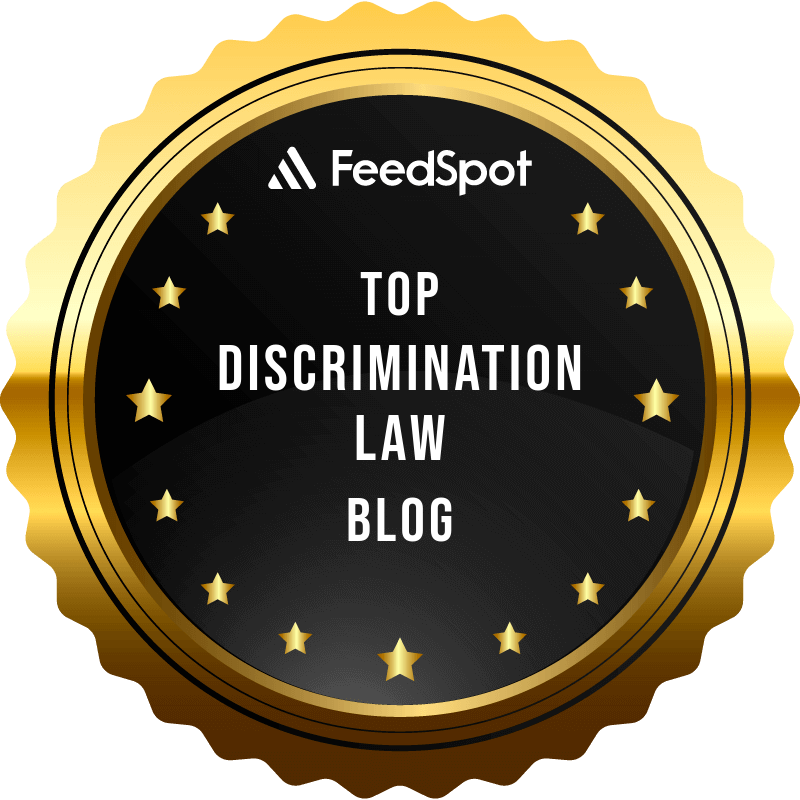- Free Consultation: (631) 352-0050 Tap Here to Call Us
The Second Circuit Decides Case Concerning Sarah Palin’s Defamation Case Against the New York Times

No constitutional right is absolute. In the context of the First Amendment and free speech, the law regulates speech which defames another person. On Tuesday, August 6, 2019, in Palin v. The New York Times Company, the United States Court of Appeals for the Second Circuit decided a case involving the intersection of politics, gun violence, and free speech. The decision is ultimately a ruling about a question of procedure, but the facts and circumstances which led to the decision are relevant in today’s political climate, and the procedural issue is relevant to those litigating civil cases in New York’s federal courts. Today’s Long Island civil rights blog discusses Sarah Palin’s defamation lawsuit against the New York Times.
On January 8, 2011, Jared Loughner killed six people and injured thirteen others while opening fire at a political rally for Democratic Congresswoman Gabrielle Giffords in Tucson, Arizona. Giffords was seriously wounded during the attack. Before the attack, Sarah Palin’s political action committee, “SarahPAC,” produced a map that displayed images of a crosshairs target over specific Democratic congressional districts. For some, this evoked images of violence.
Among those pictured on the map was Congresswoman Giffords’ district. Though the map had been publicized during the earlier political controversy surrounding the Affordable Act, in the wake of the Loughner shooting, speculation swirled that the shooting was connected to the crosshairs map.
Six years later, in response to another shooting that left Republican congressman Steve Scalise seriously injured, the New York Times published an editorial called “America’s Lethal Politics”. The article asserted that both shootings exemplified the “vicious” nature of politics in America. To support this position, the article reminded its readers of the map circulated by Sarah Palin’s political action committee. The editorial suggested that Giffords and 19 other members of Congress were pictured on the map. In other words, the editorial linked Sarah Palin and the 2011 Loughner shooting.
Soon after the editorial was published, Palin sued the New York Times in federal court, alleging defamation under New York State law. The Times then moved to dismiss Palin’s complaint, arguing that the allegations did not satisfy the legal requirements for proving defamation.
After the Times made the motion, the U.S. District Court Judge Jed Rakoff held an evidentiary hearing on the motion to dismiss, an “unusual procedural turn.” The purported purpose of the hearing was to answer the question of whether the Times issued the editorial with “actual malice.” When public figures, such as Palin, sue for defamation, they must meet this higher standard of showing actual malice. “Actual malice” means “with knowledge that it was false or with reckless disregard of whether it was false or not.” (Ironically, this standard was initially articulated by the Supreme Court in an earlier New York Times case from 1964).
At the evidentiary hearing, James Bennet, the author of the editorial, testified that he did not know about previously published articles that confirmed that there was no link between Palin and the Loughner shooting. Bennet also testified that he did not read the initial version of the editorial, which included a hyperlink that also confirmed that there was no connection between Palin and the Loughner shooting. Judge Rakoff credited Bennet’s testimony and concluded that he committed a simple mistake rather than “actual malice” and, thus, granted the Times’ motion to dismiss.
Writing for the Second Circuit, Judge John M. Walker, Jr. concluded that Judge Rakoff’s reliance on the evidentiary hearing to decide the motion to dismiss violated the Federal Rules of Civil Procedure. When faced with deciding whether to grant or deny a motion to dismiss for failure to state a claim, federal judges are guided by Federal Rule of Civil Procedure 12, which requires courts to look only at the allegations of the complaint in deciding whether to dismiss a case. The two exceptions to the rule which sometimes allow a court to look outside the allegations of the complaint, did not exist in Palin’s case. Further the Circuit Court rules that Judge Rakoff improperly invoked Rule 43(c), which addresses taking testimony at trail, not for an evidentiary hearing on a motion to dismiss.
More importantly, the Second Circuit ruled that Judge Rakoff inappropriately relied on Bennet’s testimony that Bennet did not know about any articles written prior to the editorial that confirmed that there was no link between Palin and the Loughner shooting and that he did not read the initial version of the editorial, which included a hyperlink to an article that made the same confirmation. Rather, Judge Rakoff, should have just relied on Palin’s complaint indicating that Bennet wrote the editorial with “actual malice.” Judge Walker concluded by reversing Judge Rakoff’s ruling. Because of this reversal, both parties in this case will move forward to the discovery stage.
The Palin case is an instructive decision about how courts must handle motions to dismiss. But, this point is largely academic and relevant to lawyers and litigants. The Palin case, however, may provide food for thought about the issues on which this case touches.
If you have questions about defamation law, libel, slander, First Amendment rights, or the Palin decision, contact a Long Island civil rights lawyer at Famighetti & Weinick PLLC. Our phone number is 631-352-0050 and our website is http://linycemploymentlaw.com.
Lucas Klirsfeld, a Hofstra Law School student and intern with Famighetti & Weinick PLLC contributed to today’s blog. The facts were taken from Palin v. New York Times, No. 17-3801-cv, 2d Cir. Aug. 6, 2019.
Sarah Palin’s Defamation Lawsuit









